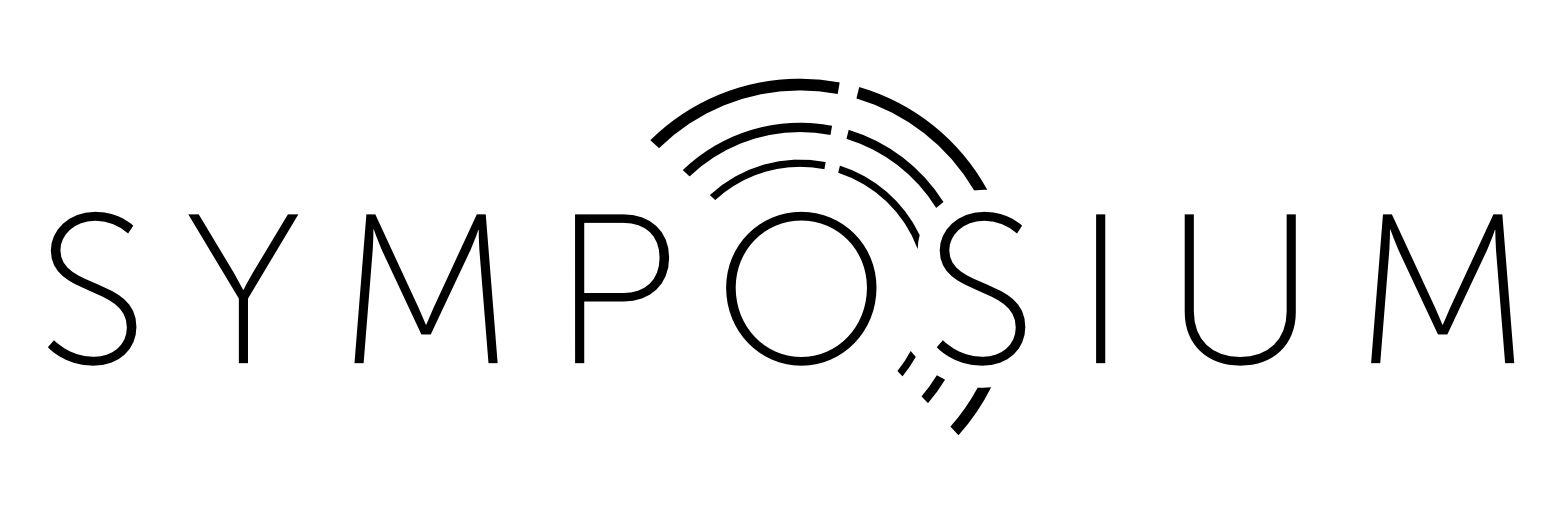
There’s No Crowdfunding Fairy and Also Santa Has Diabetes
Don’t get me wrong. It really seems like there has to be one if you look online at all the crowdfunding campaign success stories.
Let me set the stage:
It’s late, the night before launch day. Exhausted, a filmmaker and their team crash on their futons for a night, and she (or he, or they) flit about into the bedroom, shake a magic clapboard, and ... ACTION!
The campaign is an overnight success and the filmmaker wakes up on a bed now made of money. Their pillow is now a Red camera, and Zeiss Primes spill out of their shoes. Wow, thanks Crowdfunding Fairy!
We've all heard of the one viral campaign that just exploded with riches and put it into our heads that crowdfunding is THE ANSWER FOR EVERYTHING.
I remember mine—in 2014 or so watching a man crowdfund the making of potato salad, thinking … well, if people can spend $55,000 on Zachary “Danger” Brown’s potato salad, how hard will it be to get some money for my movie?
I am here to tell you, having completed three successful crowdfunding campaigns, all filmmakers are inherently less likable than a potato and the myriad of culinary pleasures it can produce.
That being said, it is possible to hustle like crazy, get some money for your project, and build a bigger base on your socials with modern crowdfunding.
But first, if you didn’t guess what I was getting at in my magical fairy analogy, I’ll spell it out real plain here:
Your project is not going to go viral.
You will not wake up and find random strangers on the internet throwing hundreds and thousands of dollars at you just because you hit that “Launch” button on your crowdfunding campaign.
It is not going to happen.
And yes, maybe it happened to a person at some time in a story you once heard through a friend of a friend, but it is akin to winning the lottery—not something you should budget for until it happens.
I am truly sorry to be such a buzzkill, but while I’m at it, the Easter Bunny is your mom writing you a note with her left hand, and Santa is probably your dad. And you know those chocolate-chip cookies aren’t good for his type II diabetes, so switch it up with something sugar-free, okay?
So, if there’s no fairy, who do we have left?
Actual people.
Remember Mom and Dad? They might be actual people you know. Friends, family, and people from school or work already know you and like you (at least as much as they like potatoes)—those are the real core of most crowdfunding campaigns. Some may donate because they think your project video looks cool, but most are probably doing it to support you.
Think about it—ever do a 4k-race fundraiser for school and get someone to sponsor you because they thought you would be the fastest runner?
No!
No one asked for their money back if you came in last place, because they did it to support you, and it was for a good cause. You may not feel like it, but your film IS a good cause.
We’ve all spent the last year in a pandemic, using art and film to keep our hearts and minds alive. We need stories, and we need stories like yours. And you must believe and trust in that to get people to donate.
I’m going to reiterate this because filmmakers always fight me: your movie is not just some selfish indulgence you should shamefully hide—you must take pride in what you are doing.
However, if feeling like an artist isn’t enough, remember you are also going to be a job creator. Actors, a whole behind-the-camera crew, post, even a graphic designer or set photographer are going to be looking to you as their next gig to pay their bills and build their credits in the field they love if your project goes forward.
All of these people want you to succeed, and they want to be a part of it. If you don’t feel like you can stand up tall for your work (but you should), please do it for them.
So, first things first. You need a way to contact all these people you know. And at this point in the crowdfunding game, it’s gotta be email addresses. One day this may change, but for now, it’s still the bread and butter of crowdfunding. There is a reason scammers want phone numbers and email addresses when they pretend to be swanky doctors fixing children’s cleft palates in third world countries looking for love on Instagram—these are the most direct tools for reaching out to you as a person.
Yes, putting up a Twitter post or a Facebook Live video helps—but if the person isn’t on their socials at the right time to see it (or if algorithms aren’t in your favor), they’ll miss it completely. And you’ll miss whole generations of people who just don’t do that particular type of internet.
But ...
Everyone has an email.
An email is a direct link to drop into their inbox and state your case, making it feel like you are talking directly to them. And you need to do it at least on a weekly basis.
The joy of email is they can open it when, and if, they want to. But it’s in their inbox, which makes them have to directly interact with it—even just to highlight it and put it in the Trash. Using a mail service like MailChimp will also let you send these bulk emails and allow them to “opt-out” if they’re a bit saturated in emails.
So, start collecting email addresses.
Now.
Like your life depends on it.
There are plenty of ways to look up your contacts through your email. It's also time to take all those business cards you get at networking events and put them in your roster. Make a website or a Facebook page with a “sign-up for more info” box about your project that connects to your MailChimp. Start asking people you meet if you can email them when you launch.
Don’t hide what you’re doing. Say, “I’m going to do a crowdfunding campaign in the future about XYZ, may I have your email address to keep you in the loop?”
I know this sounds terrifying to some of us less extroverted people out there. But here’s the trick I can offer you to get over that hill of anxiety of asking them to donate money.
DO NOT ASK THEM TO DONATE MONEY.
There.
That’s easy, right?
You’re off scot-free.
You don’t have to stress.
Because you’re not doing it.
Instead, ask them to be a participant in your crowdfunding campaign where donating is only one of many ways for them to contribute.
When I send out updates on my campaign, I usually say something like: "You can help us out by liking and retweeting us on our socials—here are even a few pre-made Twitter posts you can use! Please encourage your friends to take a peek at our campaign to help spread the word, and if you feel like it, of course, we’d also love donations to get us to our goal! :)"
By giving the person you’re communicating with levels of participation that they can choose themselves, you aren’t asking for money. You’re saying if they want to participate by donating money, well, heck yes, bring it on. Psychologically speaking, you’re letting people think “I want to donate” all by themselves … which means they’re more likely to do it if it’s their thought, not yours.
Also, donations are not everything. I’ve had very near and dear friends, who didn’t have any spare cash to donate, spread the message of our campaigns loud and far in ways I couldn’t have. They wrote articles about the campaign or filmmakers or shouted out to people who liked them (and already liked them more than potatoes).
Those people are golden. All people who are participating in your campaign are golden. And they’ll continue to participate if you treat them that way.
I know this way is harder than the fantasy, but it also is going to give you actual results.
Real people are what makes crowdfunding a success or not. They’re the magic, and if you treat them like that, they will help you make it to the finish line.
*Feature image by Photobank (Adobe)
